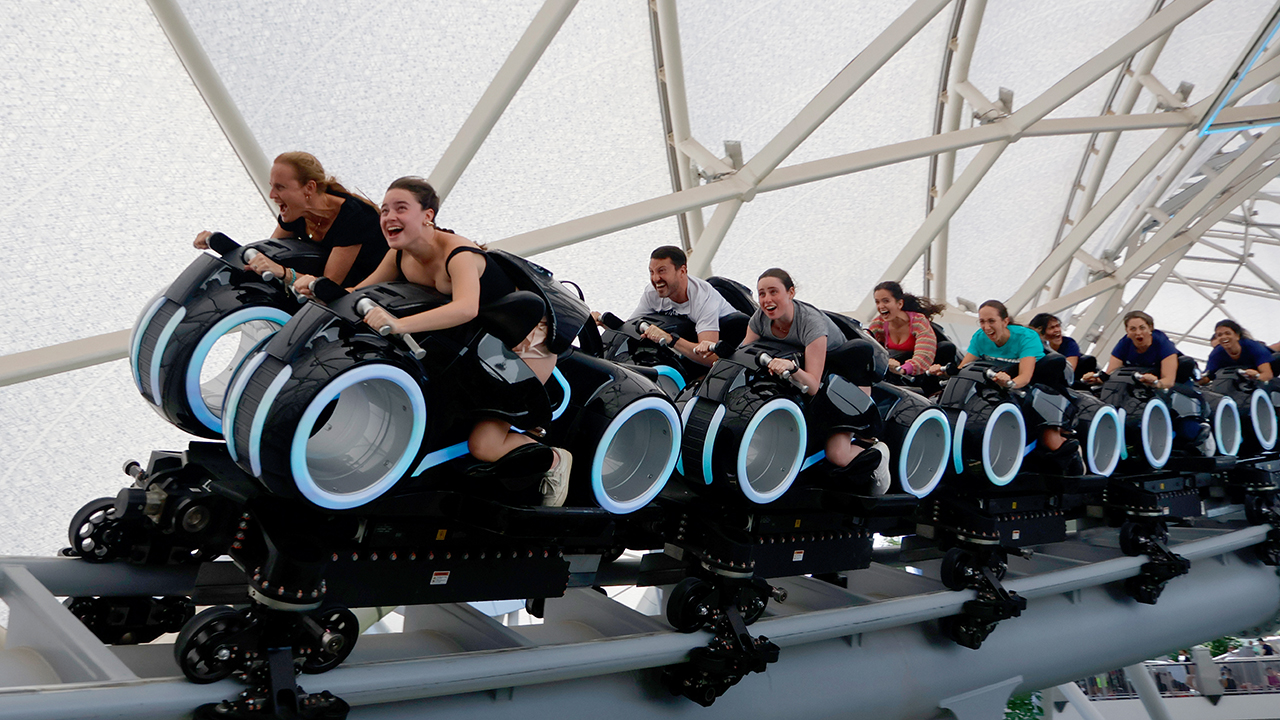Perseids meteor shower in July: Viewing tips, when it will peak


The night sky will be getting a little more exciting over the coming weeks as the Perseid meteor shower makes its return. One of the most spectacular astronomical events of the year, this meteor shower has been catching our attention yearly and is considered one of the best.
Want to know a bit more before you watch the shooting stars? We've found all the information you need for the upcoming celestial event.
What is the Perseid meteor shower?
The Perseid meteor shower is so much more than pretty lights zooming across our skies. According to NASA, the shower occurs when Earth passes through a trail of debris left behind by the 16-mile-long comet 109P/Swift-Tuttle, which orbits the sun roughly every 133 years.
When these tiny fragments enter our atmosphere at high speeds, they then burn up, creating the bright streaks of light we call meteors. The Perseids are particularly distinguishable thanks to their fireballs. As the name suggests, these are more extreme bursts of light that last longer than the average meteor. This is because "fireballs originate from larger particles of cometary material," NASA says.
When is the Perseid meteor shower?
The Perseid meteor shower will be active from July 17 until August 23.
When will the Perseid meteor shower peak?
There is a chance to catch glimpses of the meteor shower every day in its active period (cloud cover dependent), but NASA figures say the peak dates will be August 12-13. On these days, you can expect to see at least 50 to 100 per hour.
How to see the Perseid meteor shower
NASA tells us that the best time to go meteor shower hunting is before dawn. As always, choose a dark location away from light pollution to raise your chances of seeing it, and don't forget to give your eyes time to adjust.
On the peak nights, the moon phase will be Waning Gibbous, when it starts to lose light on its right side. It'll still be fairly lit (88% and 79%), following the full moon on August 9, so this may affect visibility.
Here's hoping for a cloudless night, and lots of shooting stars







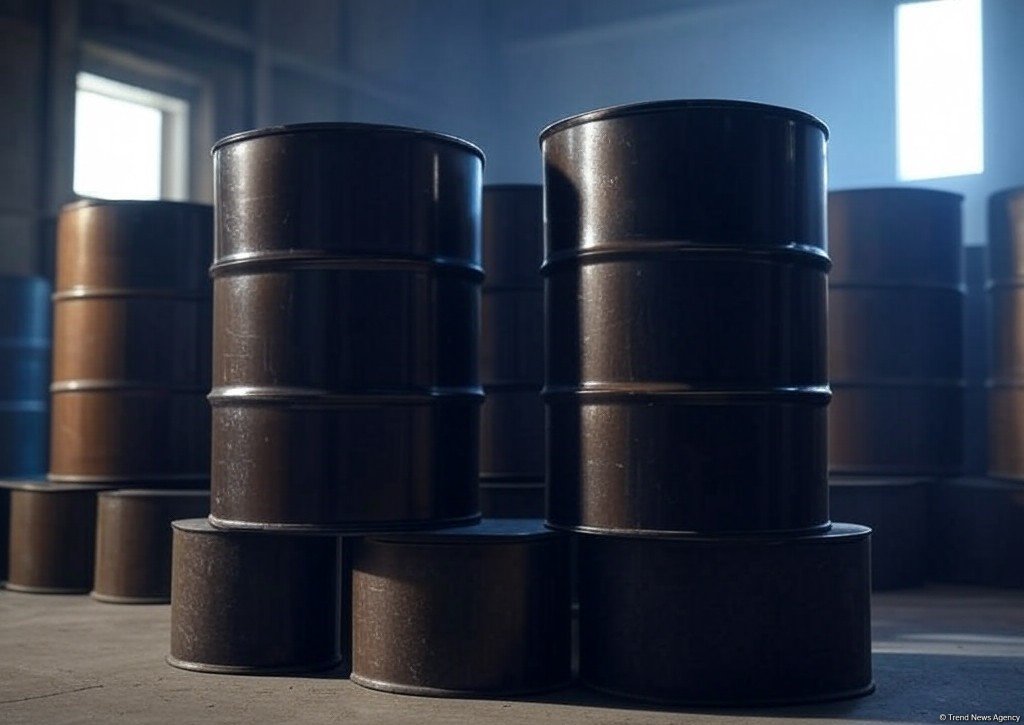













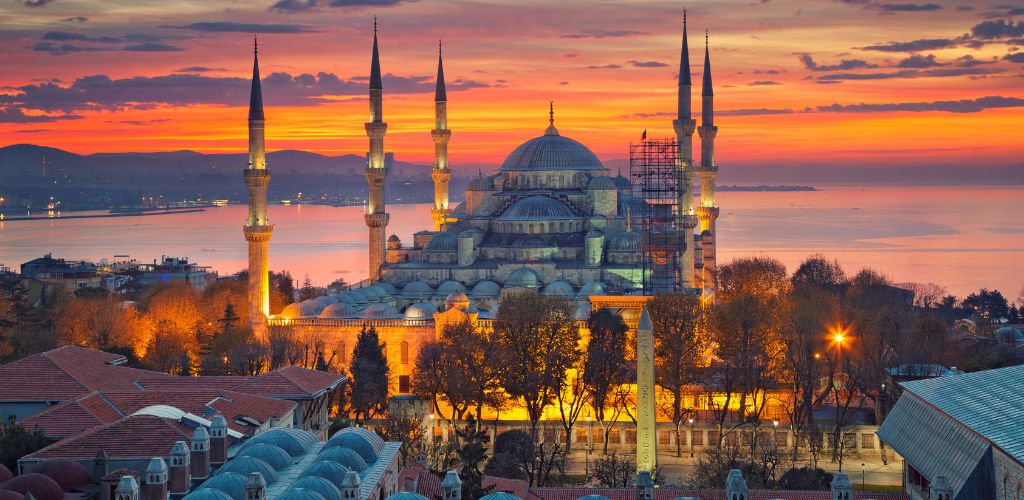









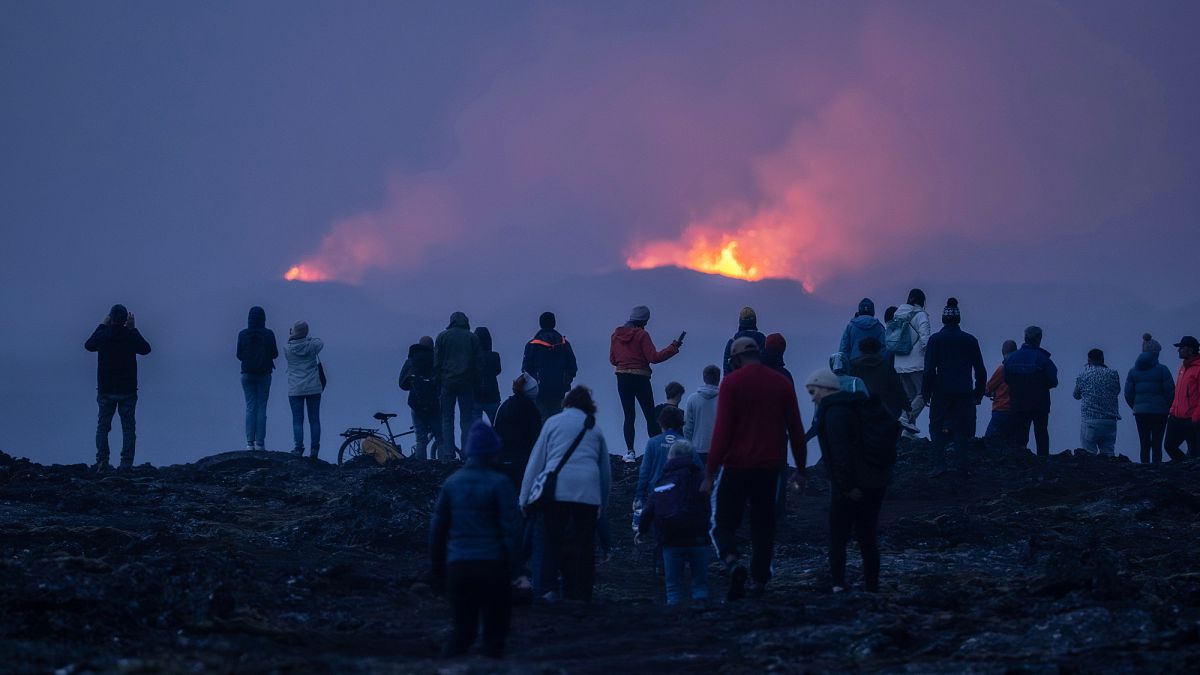
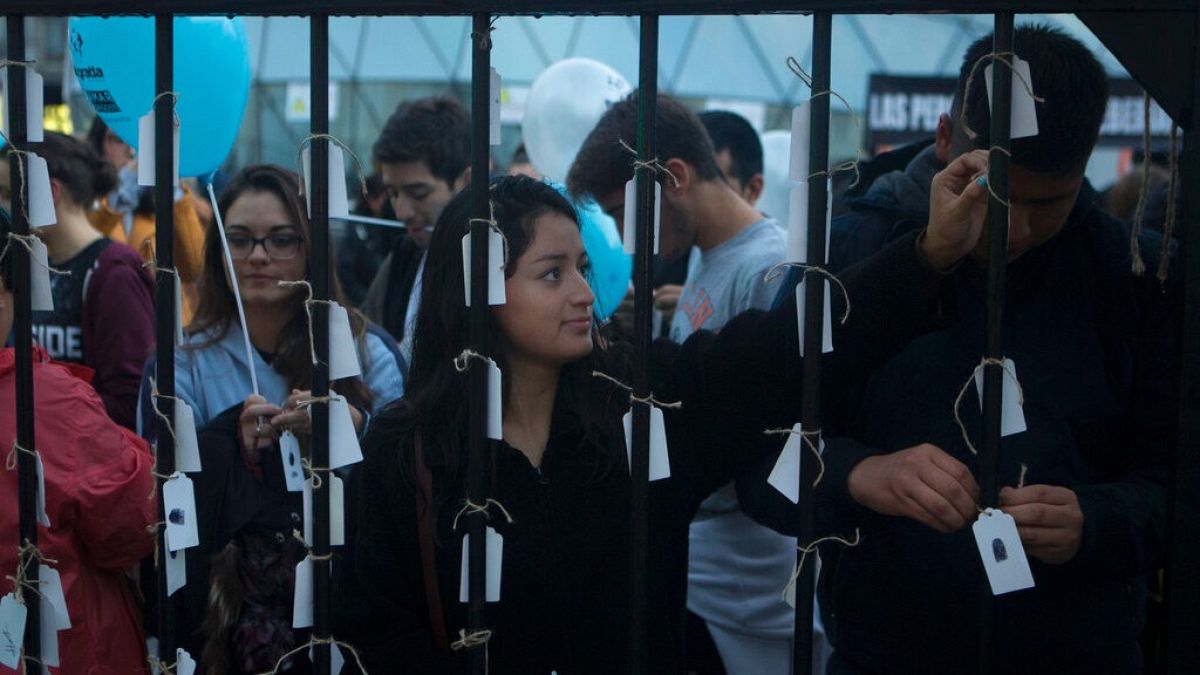

















.png?Expires=1838763821&Key-Pair-Id=K2ZIVPTIP2VGHC&Signature=IO0~CT3pU-TcxGc~yoZSmoQx23MZVuK-~4jSii~NKEblRmyO3el7NXPu~Rh1o23voASg7hlcHLw4kvQuDK1jssEhcjoNBBvEpZ~GGOAU6yosBhpHpeF179F~h7i6VxmsBNh9gtTutkoqY73O2YCFey~IAqSzKbBqETP1kP9cAg1916Z1YkJJs-5MliMrkZ5d7-mWGLbpHp2wGj2VlMph8XzYlL4~y1O7fB~JdIS~Rs4RMRs2x0WT1qUIpHAsf3GdwtOyAmKFSpIg8xCyNGZZ5h~13nXlmpd7uPvW8tBfttpG9pFTqcway-uch5WyfHOEfi7UlJCOWrr6fCYY5PMgSg__)
